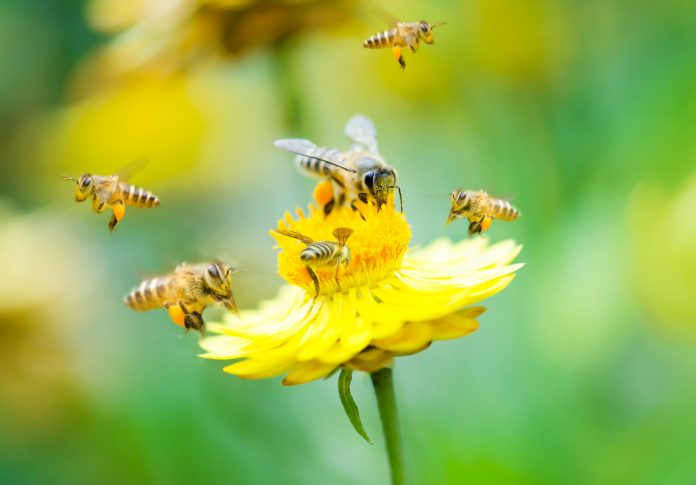Here, Open Access Government outline the thoughts of the NSF Directorate for Biological Sciences, (BIO) enabling discoveries for understanding life
The last year-and-a-half has shown the world, and more specifically, the U.S. National Science Foundation’s Directorate for Biological Sciences (BIO) the need for ongoing and new innovative efforts to broaden participation and enhance diversity in the biological sciences given the disproportionate impacts of the COVID-19 pandemic on:
• Individuals in historically under-represented groups.
• Those at historically under-served institutions.
• The institutions themselves.
It is important to note that these issues did not arise during the pandemic but are historic, and COVID-19 has only heightened them.
As well as improving diversity and accessibility, the mission of BIO is to enable discoveries for better understanding life. BIO-supported research is incredibly valuable as it advances the frontiers of biological knowledge and provides a theoretical basis for prediction within complex, dynamic living systems through the integration of scientific disciplines.
Research taking place in the field spans biological molecules, cells, tissues, organs, organisms and ecosystems up to and including the global biosphere.
The Directorate of Biological Sciences is organised into Divisions, one of which is the Division of Environmental Biology (DEB) which supports fundamental evolutionary and ecological research on species, populations, communities and ecosystems. DEB encourages research that elucidates fundamental principles, identifying and explaining the unity and diversity of life and its interactions with the environment over space and time.
Research may incorporate field, laboratory, or collection-based approaches; observational or manipulative studies; synthesis activities; phylogenetic discovery projects; or theoretical approaches involving analytical, statistical, or computational modelling.
DEB also encourages interdisciplinary proposals that cross conceptual boundaries and integrate over levels of biological organisations or across multiple spatial and temporal scales. Recent examples of DEB’s valuable research are:
- The discovery that climate change may erode frogs’ ability to withstand salt pollution. Jeremy Wojdak, Programme Director in NSF’s Division of Environmental Biology, stated, “how multiple stresses like climate change and pollution interact to affect organisms‘ survival and reproduction is critically important to understand, as nearly all species are facing numerous changes to their habitats. This study of breeding amphibians shows us that the outcomes will not always be easy to anticipate.”
- A study revealed how bumblebees are in danger due to climate change. “Micro changes in floral nectar may alter the way bees forage and look for food, affecting their health and in turn potentially affecting human health by reducing the availability of fresh foods,” said UC Riverside entomologist and NSF-funded study lead Kaleigh Russell.However, despite these insightful and often concerning results, DEB Research also sometimes achieves results where species take us by surprise regarding their evolutionary biology. This was most recently demonstrated by an NSF-funded study showing that despite what has been long-time assumed, white-footed mice can in fact survive and thrive with physical impairments.
The long-term monitoring of this study calls into question evolutionary biology assumptions. To assess the impact of physical impairments on the fitness of mice, notes from 1991 to 2016 were reviewed. Mice with impairments such as missing, partially missing, or broken tails; missing, partially missing, or broken/ deformed limbs; and missing eyes or cataracts, were all included in the study.
Doug Levey, a Programme Director added, “this study is both powerful – more than 27,000 wild mice over 26 years – and surprising. Until now, few ecologists would have said that impaired mice live as long as mice that are free of impairments.”
Furthermore, another NSF-funded study by researchers at the University of Wisconsin–Madison revealed that forests of aspen stands change their genetic structure over the years as trees balance defending themselves from pests with growth to compete for sunlight. The Directorate for Biological Sciences (BIO) works to support research to advance understanding of the principles and mechanisms governing life, and it is clear from the examples above, that evolutionary processes never cease to amaze us.
To find out more, BIO/DEB founded Programme the Evolutionary Processes Cluster spotlights and supports this research further.











